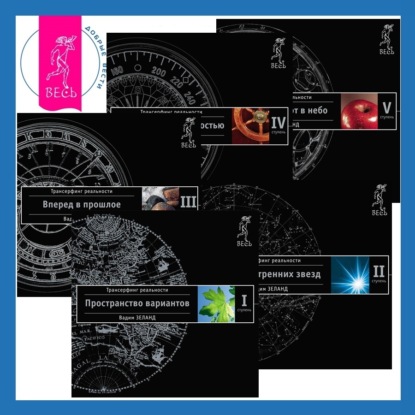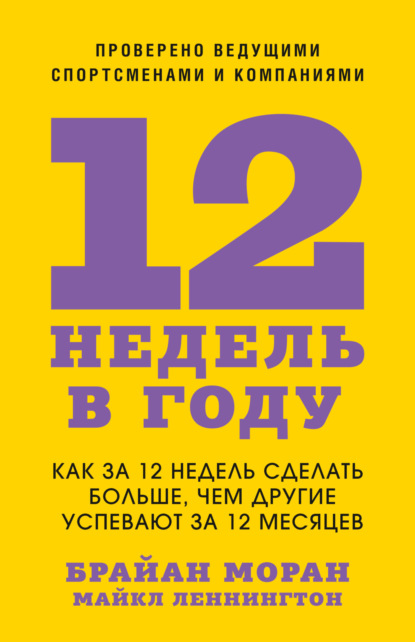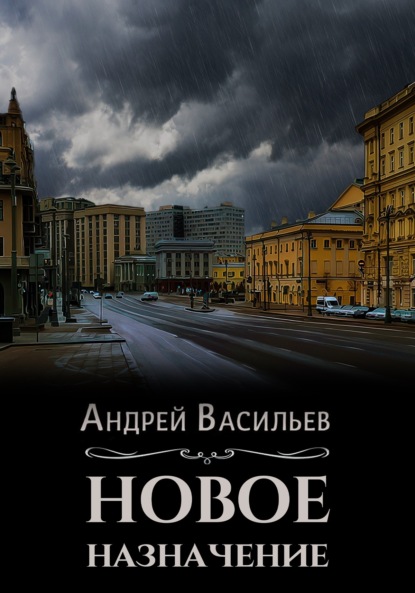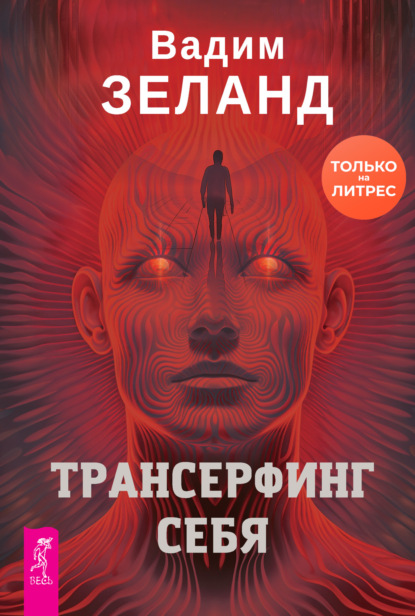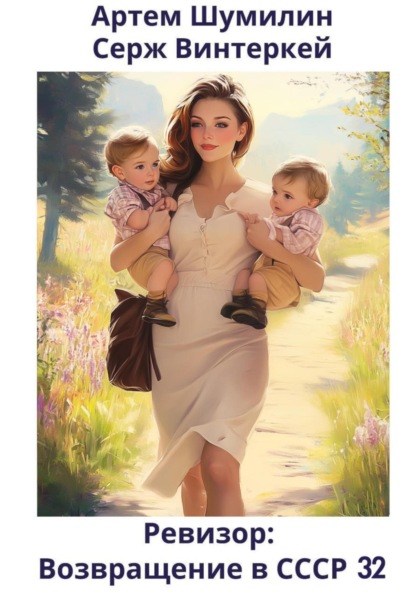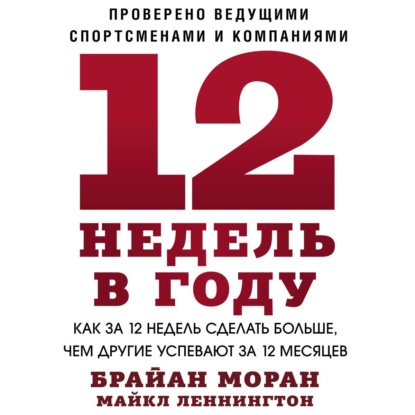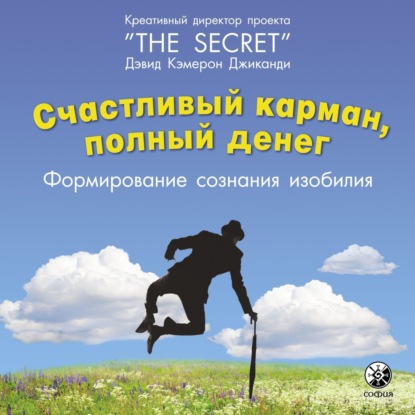Quantum field theory has been a great success for physics, but it is difficult for mathematicians to learn because it is mathematically incomplete. Folland, who is a mathematician, has spent considerable time digesting the physical theory and sorting out the mathematical issues in it. Fortunately for mathematicians, Folland is a gifted expositor. The purpose of this book is to present the elements of quantum field theory, with the goal of understanding the behavior of elementary particles rather than building formal mathematical structures, in a form that will be comprehensible to mathematicians. Rigorous definitions and arguments are presented as far as they are available, but the text proceeds on a more informal level when necessary, with due care in identifying the difficulties. The book begins with a review of classical physics and quantum mechanics, then proceeds through the construction of free quantum fields to the perturbation-theoretic development of interacting field theory and renormalization theory, with emphasis on quantum electrodynamics. The final two chapters present the functional integral approach and the elements of gauge field theory, including the Salam-Weinberg model of electromagnetic and weak interactions. Это и многое другое вы найдете в книге Quantum Field Theory (Mathematical Surveys and Monographs) (Gerald B. Folland)
Quantum Field Theory (Mathematical Surveys and Monographs) Gerald B. Folland (книга)
Подробная информация о книге «Quantum Field Theory (Mathematical Surveys and Monographs) Gerald B. Folland». Сайт не предоставляет возможности читать онлайн или скачать бесплатно книгу «Quantum Field Theory (Mathematical Surveys and Monographs) Gerald B. Folland»




